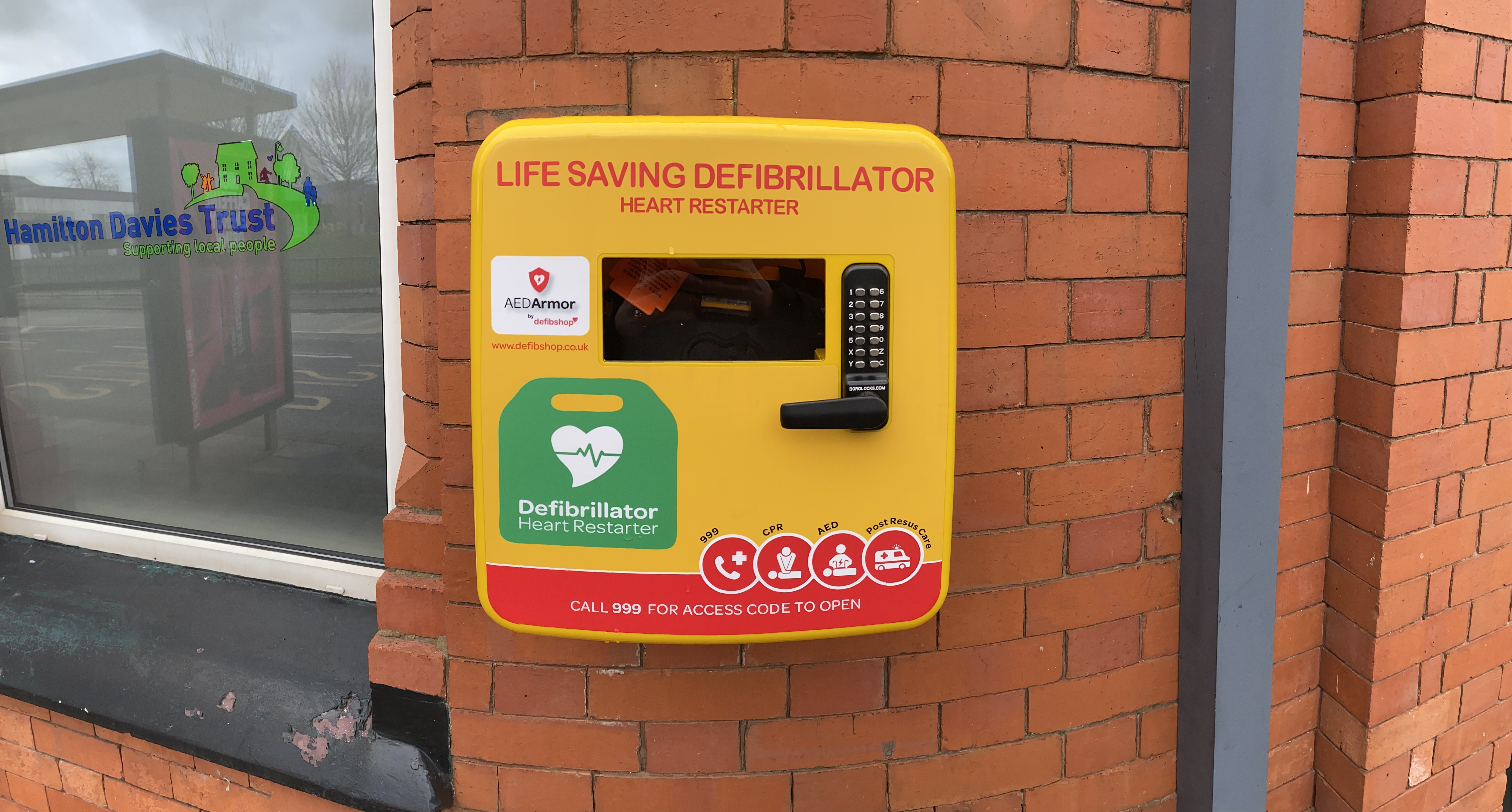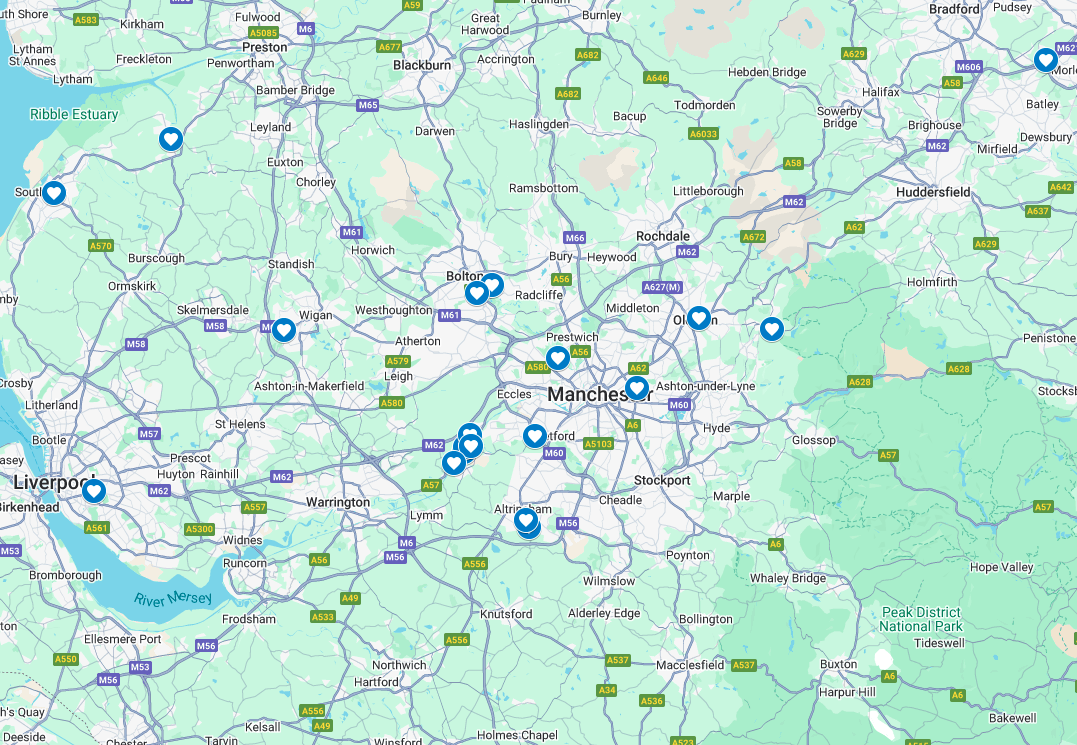Heart Rhythm Week 2017

Every year, June 5th through to the 11th marks Heart Rhythm Week, an annual event hosted by the Arrhythmia Alliance.
Certain types of arrhythmias – such as Ventricular Tachycardia and Ventricular Fibrillation – can lead to a cardiac arrest. There are approximately 30,000 out of hospital cardiac arrests in the UK, every year.
Heart Rhythm Week aims to raise awareness about the dangers of arrhythmias and helps to prompt people to get themselves checked if they feel there is something wrong. Early diagnosis for the millions who suffer from arrhythmias can be life-saving.
This year the focus is on ‘Knowing Your Pulse’ and the Arrhythmia Alliance aim to make 1 million people aware of their pulse and how they can tell whether there is something wrong by challenging people to take the ‘Pulse Check Challenge’.
To provide you with a bit more insight we cover what arrhythmias are, what ones you need to be aware of and how you can honour Heart Rhythm Week 2017.
Arrhythmia AwareIn adults, a normal resting heart rate ranges from 60 to 100 beats per minute. A lower resting heart rate can imply more efficient heart function and healthier cardiovascular fitness. This type of resting heart rhythm can be found in athletes, however, sometimes it may be cause for concern.
Heart arrhythmias occur when there is an electrical disturbance in the impulses that coordinate your heart. This can cause your heart to beat too slow, too fast or irregularly. Some arrhythmias can be dangerous whereas others are not. The ones you need to look out for are:
BradycardiaBradycardia is the term used for an abnormally low heart rate where a heart beats at a rate lower than 60 beats per minute.
As stated before, those who are physically fit can experience Bradycardia as their cardiovascular fitness is at a higher level and their heart function is more efficient. However, for those who aren’t at optimum fitness level, a low heart rate may be cause for concern.
Bradycardia is usually a sign that the heart’s natural pacemaker isn’t working right or the electrical pathways for the impulses have been disrupted.
In some instances, Bradycardia can be life-threatening as the heart isn’t pumping enough blood around the body, meaning the organs are being deprived of oxygenated blood.
Those who experience Bradycardia may experience symptoms such as:
Fainting Dizziness Fatigue Chest pains Weakness and easy tiring Memory problemsIf you believe you may be suffering these symptoms, professional testing will be able to confirm whether or not you are experiencing Bradycardia.
Ventricular TachycardiaVentricular Tachycardia (V-Tach or VT) is the opposite of Bradycardia in which a person’s heart beats over 100 beats per minute for more than three beats in a row.
Like other arrhythmias, VT is caused by an electrical malfunction in the heart. With the heart beating too fast, it is possible that there may not be enough time for the lower chamber of the heart to fill before the heart beats, meaning the heart is not pumping enough oxygenated blood around the body.
This arrhythmia doesn’t always display symptoms, however, when it does, it may include:
Fatigue Fainting Dizziness Chest Pains Shortage of BreathPeople who suffer from VT are at risk of developing Ventricular Fibrillation – one of the most fatal arrhythmias known. With the heart beating in an irregular rhythm, there is the chance that it may eventually stop working, leading to VF and cardiac arrest. If you are concerned about VT, make an appointment with your GP who will be able to advise you further.
Ventricular FibrillationVentricular Fibrillation (VF or V-Fib) is the most serious arrhythmia a person can experience. This arrhythmia causes the individual to go into cardiac arrest.
Unlike the other arrhythmias, including the previous two, V-Fib causes the heart to cease beating completely and quiver. This means the whole body, including vital organs, are starved of oxygenated blood.
V-Fib requires immediate medical attention in the form of effective CPR, delivered on a ratio of 30 chest compressions to 2 rescue breaths and a shock from a defibrillator. This combination is the only definitive treatment for a victim of cardiac arrest.
Sadly, there are no prior symptoms for ventricular fibrillation and only 20% of victims are in a ‘shockable’ rhythm when the EMS arrives at the scene, however, this statistic could improve if effective CPR is started immediately after collapse.
Know Your PulseThis year, the Arrhythmia Alliance are challenging people to know their pulse by asking them to take part in their 10,000 pulse checks which will help identify 1,000 people with an irregular heart rhythm through 100 Know Your Pulse Events.
These checks will help to secure early diagnosis and improve medical outcomes for those who are experiencing arrhythmias.
To test your pulse on your wrist simply hold out one of your hands, palm facing up and your elbow bent slightly. Place your index finger and middle finger of your other hand on the inside of your wrist, just around the base of the thumb.
You then need to apply pressure on the skin until you can feel a beat. After finding your pulse, count how many beats there are in 1 minute; this will tell you your resting heart rate.
Get InvolvedSometimes, arrhythmias can be cause for concern, whereas other times, they’re not, but being able to recognise the signs and symptoms of them can help determine what the individual is experiencing and determine the required treatment. Early diagnosis can even sometimes go as far as to save a life!
So, what have you done to get involved with Heart Rhythm Week? Have you taken your pulse? Do you know your resting heart rate? Share with us in the comments what you’ve done to get involved, or alternatively head on over to our social media channels which can be found below and share your activities with us there.












